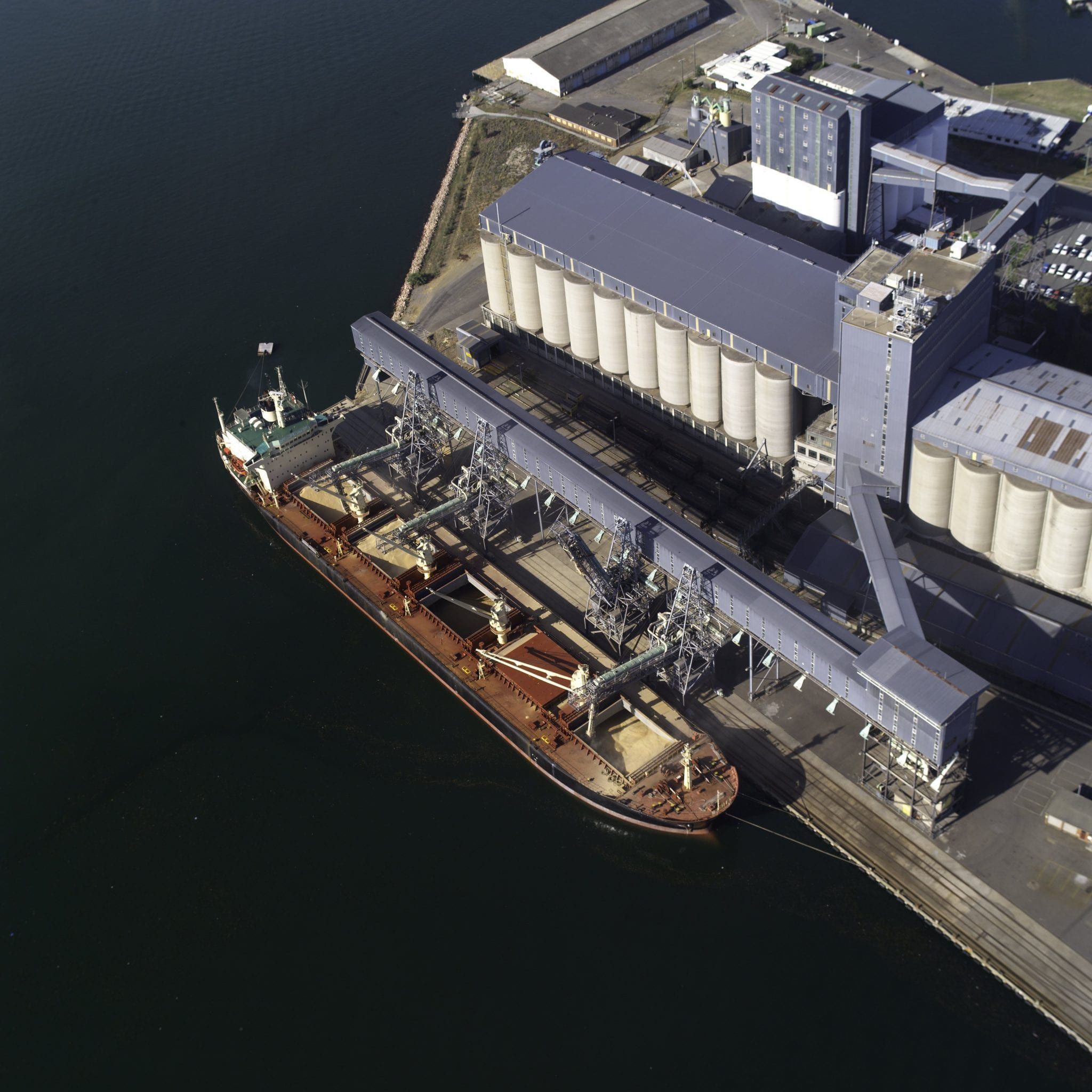GrainGrowers recently prepared a submission for the Productivity Commission’s inquiry into Australia’s maritime logistics system.
The inquiry is set to examine structural issues affecting the productivity of Australia’s maritime logistics system. It will look at things like the long-term trends in performance, industrial relations, infrastructure constraints and technology uptake.
It’s a confusing space – heaps of regulation (both state and federal), lots of infrastructure (some owned by governments and much of it privatised).
Add in international shipping lines (owned by a few giant corporations) transporting a myriad of goods, originating from all over the world, to Australia.
And in the other direction, transporting much of what we produce to the world – grain, pulses, beef, sugar, iron ore, gas and it goes on. We import and export both through the bulk system and with containerised freight.
The maritime supply chain is critical to what we do on the farm. It supplies inputs so that we can grow what we grow, and it takes our world class, clean, green grain exports to our customers.
At GrainGrowers, our main job through this process is to ensure the Productivity Commission understands as much as possible about grain production – how we source our inputs and how we export what we produce.
So, what are the key issues impacting the grains industry that need to be addressed?
The black box of costs and data
Freight rates have skyrocketed over recent years. There has been a 400% increase in the cost of moving a 20-foot container of pulses from Melbourne to India (excluding fees and charges, which has also been skyrocketing).
Let me give an example.
In late 2019 it would have cost around US$600 (or US$30/t) to ship this container of pulses.
In 2022 this jumped to US$2400 (or US$120/t).
That’s a 400% increase.
These costs eat away at our international competitiveness and essentially flow back to influence the price growers get for their grains.
Our transport costs are already high compared to our international competitors like Canada and Ukraine, so we must ensure that wherever possible we keep other costs down (wherever they may be) so we can still compete.
We also need more real-time data and transparency on costs, fees, and charges.
Too often it’s a black box with those relying on the ports needing to pay, irrespective of timeliness and service offered. Transparency better enables like-for-like comparisons across different ports and allows must stronger analysis of efficiency and performance.
Availability of containers
Over the last couple of years Australia has struggled to secure enough 20-foot food grade containers for exporting grains and pulses.
While containers only make up a relatively small percentage of our exports (between 10-15 per cent over recent years), they are very important in delivering to certain markets and customers that cannot accommodate bulk shipments. We need to be able to access food grade containers so that we can continue to export through both bulk and containerised pathways, giving us as many export options as possible and allowing growers to secure the best possible prices, not just what we can access through the bulk export system.
It remains to be seen how long this trend will last and how shipping will ‘normalise’ as the world adjusts to the pandemic. Regardless, we need to consider longer term trends, both in terms of shipping and grain production, to ensure we get what we need from the system.
Industrial relations
Industrial disputes at the ports add cost and time to often what is an already lengthy process. This can lead to significant delays unloading and reloading vessels, causing backlogs and port congestion, and often results in vessels not to calling at certain points or implementing congestion charges. Goods are diverted, ending up much further from the end customer.
During 2020, farm machinery that was destined for Fremantle ended up in Melbourne needing to be transported by road across the Nullarbor – adding lengthy time delays and increased costs. While industrial relation reform is a contentious topic, given the critical nature of ports, there must be some consideration given to how these disputes can be better managed at ports, allowing for trade to continue.
Long-term planning and infrastructure
Finally, we need long-term planning underpinned by sound investment. We need to understand future trends so we have infrastructure investment in the right places and so we can preserve freight corridors that will be needed in the future. This will help our sector secure ‘least-cost’ freight paths and corridors to underpin our containerised and bulk exports and help contribute to maintaining our international competitiveness.
What’s next?
We are continuing to work with the Productivity Commission as their inquiry progresses – it’s critical the issues that impact growers are addressed.
We’re also leading discussions with exporters, so grower concerns and industry challenges have workable solutions.
It’s also a federal election year. We’re making sure this is on the radar for parties and candidates seeking commitments to solutions that will improve the system.
We need fair winds and following seas (fit-for-purpose regulations) so our logistics systems works for growers.
